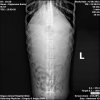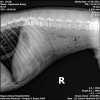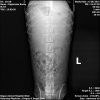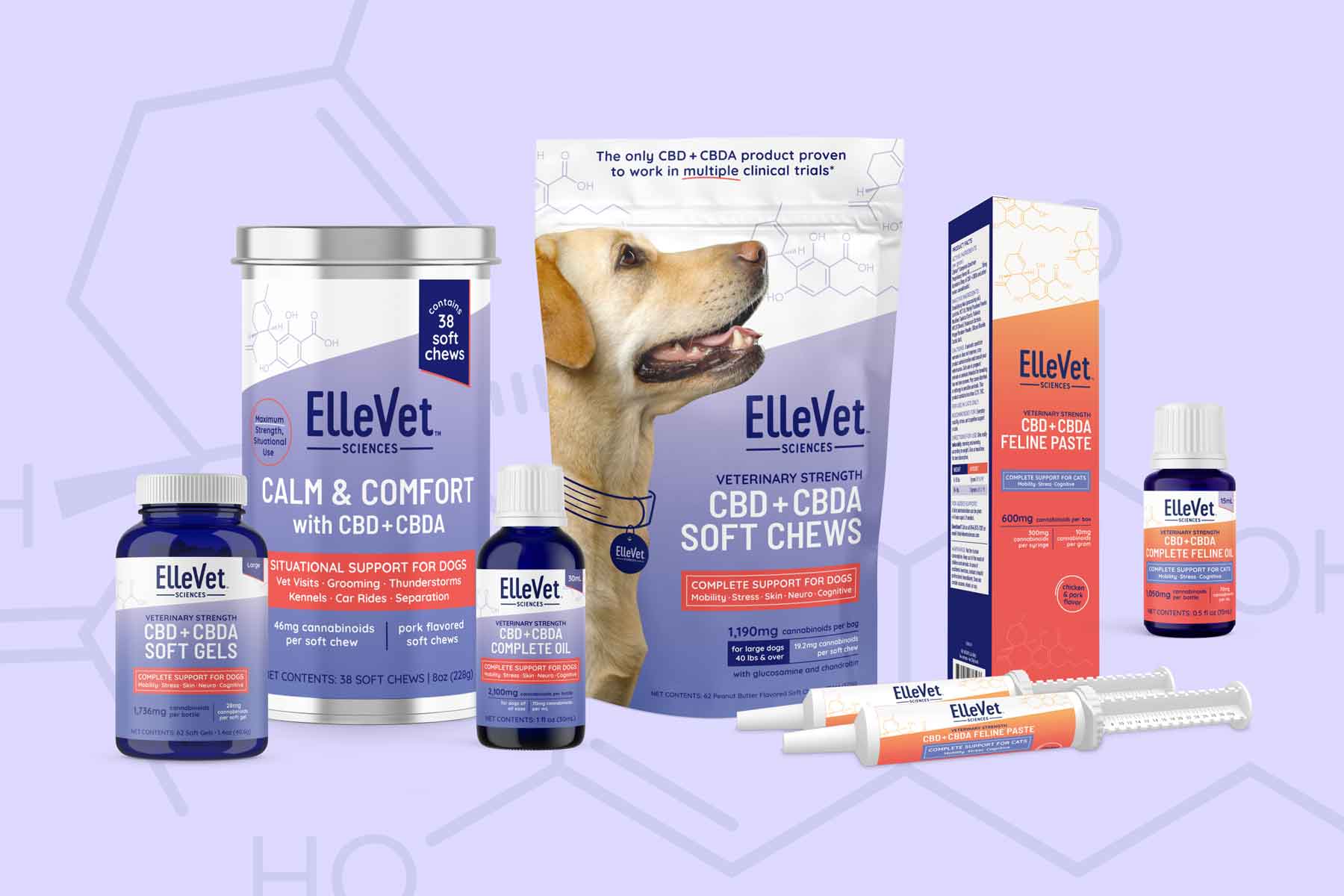- Joined
- Apr 26, 2021
- Messages
- 42
My 7 year old Rocky went to the vet today for his Titer tests for certain shots. He's been really dragging his back end for a few days. I asked the vet what he thinks he thinks arthritis. Please see this pic below and tell me what you think.
I'm assuming the white towards his rear end, between the bone, would be the area of inflammation. So he has an issue overall with inflammation due to being an ex racer.
My question is, how do I really help with the pain? I see a product by petlab co that's supposed to be good. But I am sure you guys know something amazing to look into
Petlab Co.



I'm assuming the white towards his rear end, between the bone, would be the area of inflammation. So he has an issue overall with inflammation due to being an ex racer.
My question is, how do I really help with the pain? I see a product by petlab co that's supposed to be good. But I am sure you guys know something amazing to look into
Petlab Co.




